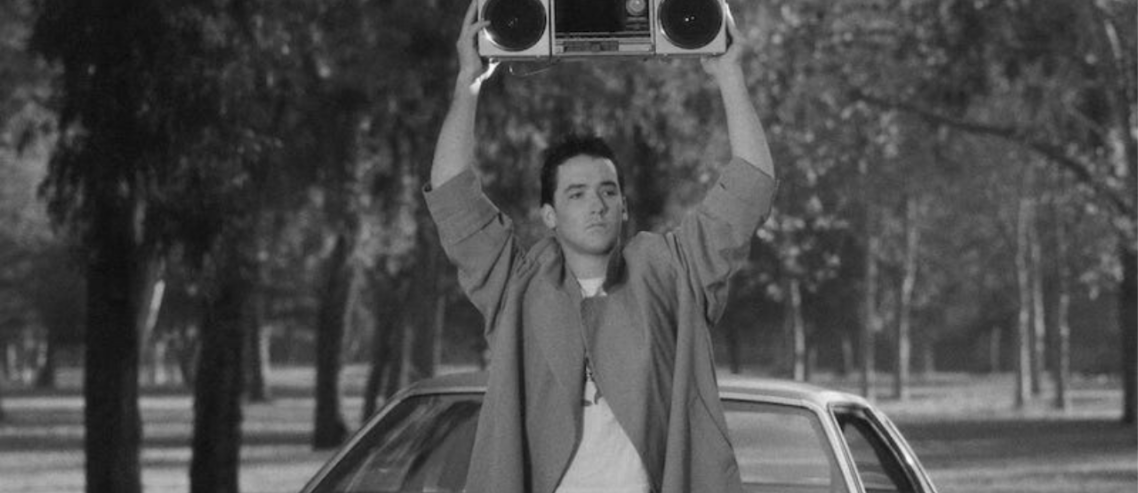The100: pos/neg influencing, drip pricing & Caitlin Clark
Still looking for your AI use-case?
Ben Evans has been looking at how he’s been using the models that are out there, and he’s yet to find out where it all fits in for him.
“It’s very cool, but how much do we use it, and what for?”
He says that adoption is matching a classic pattern for new technology adoption:
“…you start by making it fit the things you already do, where it’s easy and obvious to see that this is a use-case, if you have one, and then later, over time, you change the way you work to fit the new tool.”
Something to think about.
De-influencing
A new ad from Dove – they just keep smashing it out the park – together with a cracking soundtrack, is asking When did 10 stop looking like 10?
You may be singing the tune later on today, but you’ll probably also sit back, head in hands, and utter an exclamation at some point.
By the by, we recently produced a study on how social media is influencing behaviour with regards to household cleaning trends (reply to this email if you want the report and films).
Think like a stranger
Tom Goodwin says ‘We should all spend a lot longer not being us’.
I couldn’t agree more:
“When you work in marketing you lose your human head and put on a weird marketing head, where you let people say things like “People want conversations with brands” without expressing utter bewilderment. You talk about “fans” of your products, you talk about “loyalty” to soft drinks, or brand Onions for hours.”
Slowing down and tuning out
Daniel Parris has also been asking a question: When do we stop finding new music or when does our taste in music stagnate?
Apparently, according to an analysis of Spotify data, our most played songs stem from our teenage years. Music discovery peaks at 24, then, after 31, our tastes stagnate.
The piece also talks about the explore-exploit trade-off which refers to the dilemma between seeking new information (exploring) and optimising decisions based on known information (exploiting).
“We spend 30 years exploring new music, and once we’ve sampled enough works, we reach an optimal stopping point, comfortable with our rotation of artists and songs.”
There is little chance of my exposure to new music reducing… I have a 17yr old loudly proclaiming their presence in the house (I imagine many of you nodding your heads at that).
Yet…
Midlife is the age of mastery
As the author says, we have A few years to be new, a few years to be a little kid, a few years to be a tween, a few years to be a teenager, ten years to be young, ten years to be under 40 and then…
It turns out that once you pass 40, that’s when the mastery happens [*writes that on a postit and sticks on wall*].
If only Dante had known about modern pricing
The world of pricing is getting ever more confusing, and essentially – surprise! – it is to the consumers’ detriment.
In this hellish circle, you face dynamic pricing, surge pricing, drip pricing & personalised pricing… and don’t even get me started on ‘willingness to pay’, with the travel industry (hotels, car rental, airlines) appearing to be a major culprit.
Shock news: use found for teenagers
An impressive animated infographic about teenagers, illustrating hundreds of them via the National Longitudinal Survey of Youth, with the aim being to follow them for 24 years. Either scroll or watch the video.
Money trees are growing well
DINK households are blooming. In the US childless households hit 43%, a jump from 36% a decade earlier. It’s a surge pushing towards 50%. Marketers can smell the money.
And finally
- If there was any doubt about Caitlin Clark being different from other people, well this should clear it up. A simple graph.
- 10 years ago this advert for
chickenscars was made. Wonderful. Alas the typical car ad today is now stuck in a long term rut of very good looking people with extremely happy children driving on empty roads in sunshine. I can relate more to the chicken…


Comments
Comments are disabled for this post